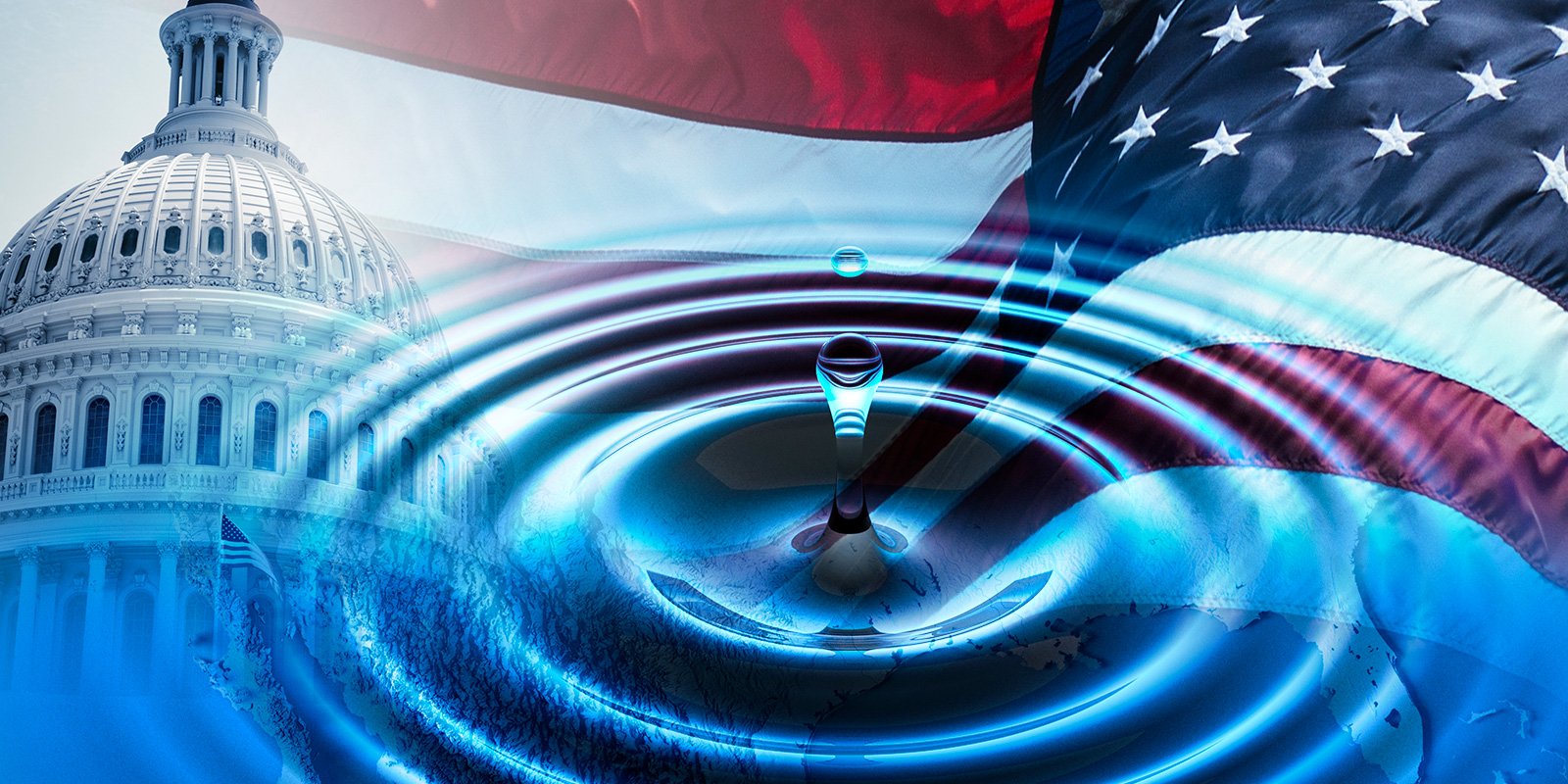
Army Corps and EPA Release Final Rule Defining "Waters of the United States"
The Army Corps of Engineers ("Army Corps") and U.S. Environmental Protection Agency ("EPA") have issued a new, more encompassing definition of "waters of the United States."
On December 30, 2022, the Army Corps and EPA released a prepublication version of the final rule defining "waters of the United States." Waters characterized as "waters of the United States" are within the scope of the federal Clean Water Act. The term has been redefined by the agencies several times since 2015 largely as a result of at least two U.S. Supreme Court decisions, with the most recent rulemaking—the Navigable Waters Protection Rule—occurring in 2020.
The Army Corps and EPA state that this rule is founded on the pre-2015 definition and interpretation of "waters of the United States," which the final rule interprets to include:
- Traditional navigable waters, the territorial seas, and interstate waters;
- Impoundments of "waters of the United States";
- Tributaries to traditional navigable waters, the territorial seas, interstate waters, or impoundments of the "waters of the United States" when the tributaries meet either the "relatively permanent standard" or the "significant nexus standard";
- Wetlands adjacent to traditional navigable waters, the territorial seas, and interstate waters;
- Wetlands adjacent to and with a continuous surface connection to relatively permanent impoundments of the "waters of the United States";
- Wetlands adjacent to tributaries that meet the "relatively permanent standard";
- Wetlands adjacent to impoundments of the "waters of the United States" or jurisdictional tributaries when the wetlands meet the "significant nexus standard"; and
- Intrastate lakes and ponds, streams, or wetlands not identified in the above categories and that meet either the "relatively permanent standard" or the "significant nexus standard."
To meet the "relatively permanent standard," the water bodies must be relatively permanent, standing, or continuously flowing waters connected to traditional navigable waters, the territorial seas, and interstate waters; or waters with a continuous surface connection to such relatively permanent waters or to traditional navigable waters, the territorial seas, and interstate waters. To meet the "significant nexus test," the water body (alone or in combination) must significantly affect the chemical, physical, or biological integrity of traditional navigable waters, the territorial seas, or interstate waters.
The definition of "waters of the United States" under this rule is more stringent than that under the 2020 Navigable Waters Protection Rule. Thus, more waters will likely fall under Clean Water Act jurisdiction as a result. Companies may be subject to additional and more stringent Clean Water Act approvals when operations touch such waters.







